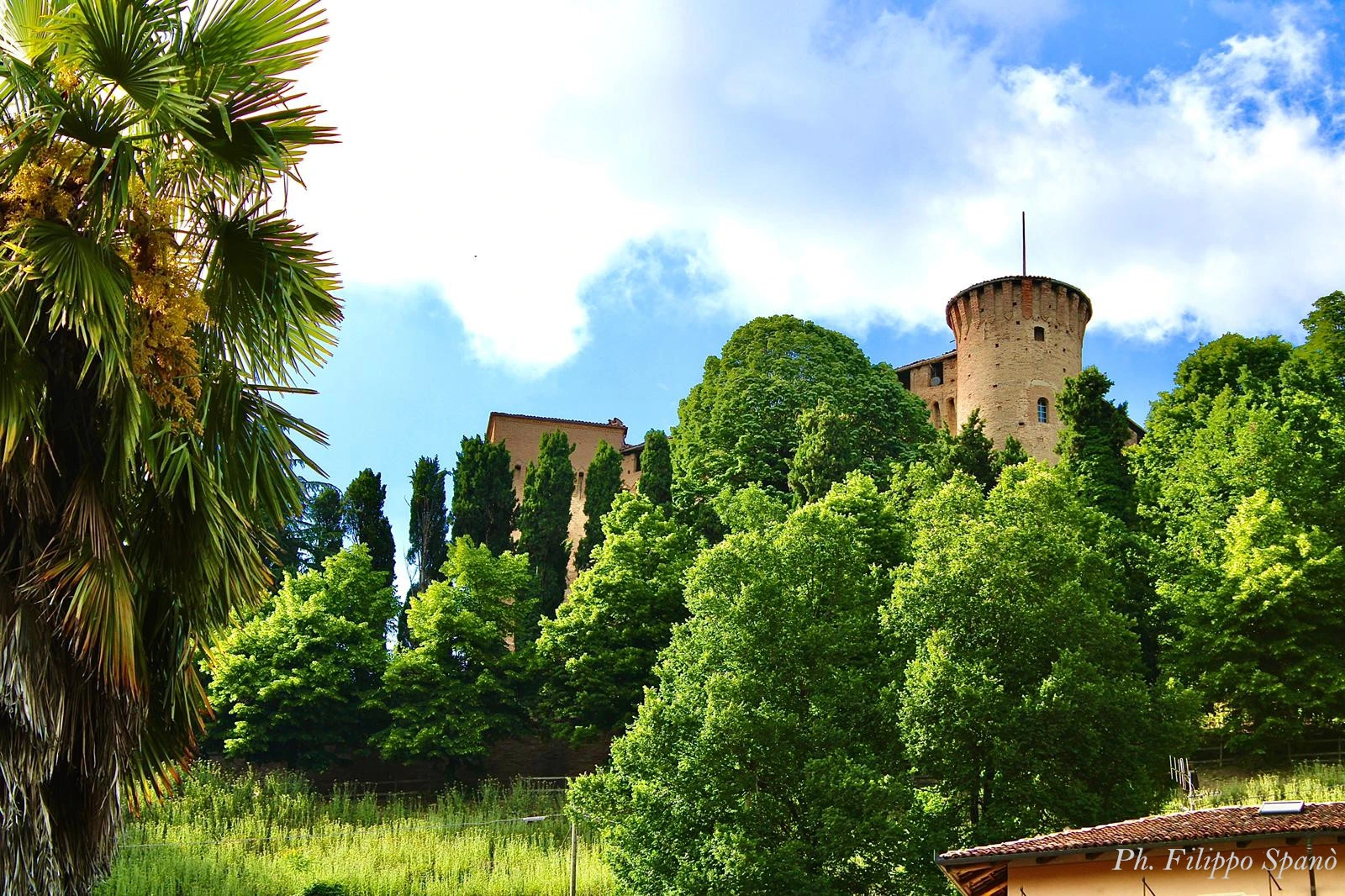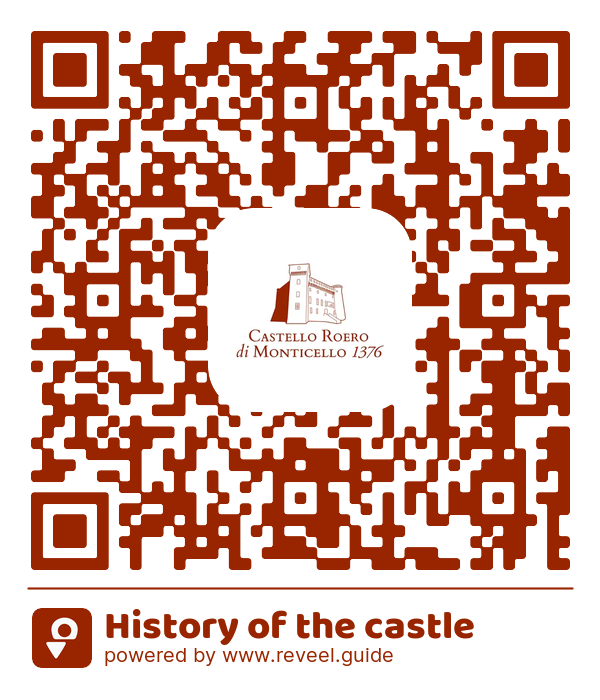
History of the castle

History of the castle
History of the castle
The Roero Castle in Monticello is one of the most impressive and best-preserved medieval buildings in Piedmont. Since 1376 it has been owned by the same family, the Roero Counts of Monticello, who made it their usual residence.
the castle was built by the Bishops of Asti to defend the borders of the contado after the devastating Saracen invasion of Alba in 920 AD. At the time it was not the building it is today: in 1187 it was seriously damaged during a siege and rebuilt in 1348, when the feud of Monticello passed to the Malabaila family.
In 1376 the Counts Roero or Rotarii, who freed the Monticellesi from the oppression of their lords, received as a reward from the bishop the territories of Monticello and Castagnito and endowed the castle with ramparts, towers and machicolations.
between 1448 and 1468 Oddone II Roero commissioned several works, and the building was enlarged toward the southwest.
In the early seventeenth century Onorato Roero had some modifications made to the interior of the manor to improve its habitability, as did Laura Damiani of Priocca, wife of Bernardo Francesco Roero, in 1706.
it was, however, in 1787, on the occasion of the marriage of Francesco Gennaro - Viceroy of Sardinia with Paola del Carretto of Gorzegno that the castle was transformed into a pleasant and elegant country residence that we can still appreciate today.
The radical restorations were overseen by the architect Carlo Emanuele Rangone of Montelupo, who, however, did not alter the medieval exterior structure, but eliminated part of the defensive elements, bridging the moats and replacing the drawbridge with a stone staircase. The works mainly involved the interior rooms also with new pictorial decorations according to 18th-century taste.
In 1827 Xavier Kurten, already the author of the transformations of the Royal Park of Racconigi, redesigned the English-style park that extends all around the hill.
the castle is spread over three floors topped by the patrol walkway equipped with Ghibelline battlements and machicolations.
Rightly referred to as a "typical example of a fortified residence," it boasts a very unique architectural feature: the presence of three towers, each with a different plan and size: a square tower, a round tower, and the last octagonal.

